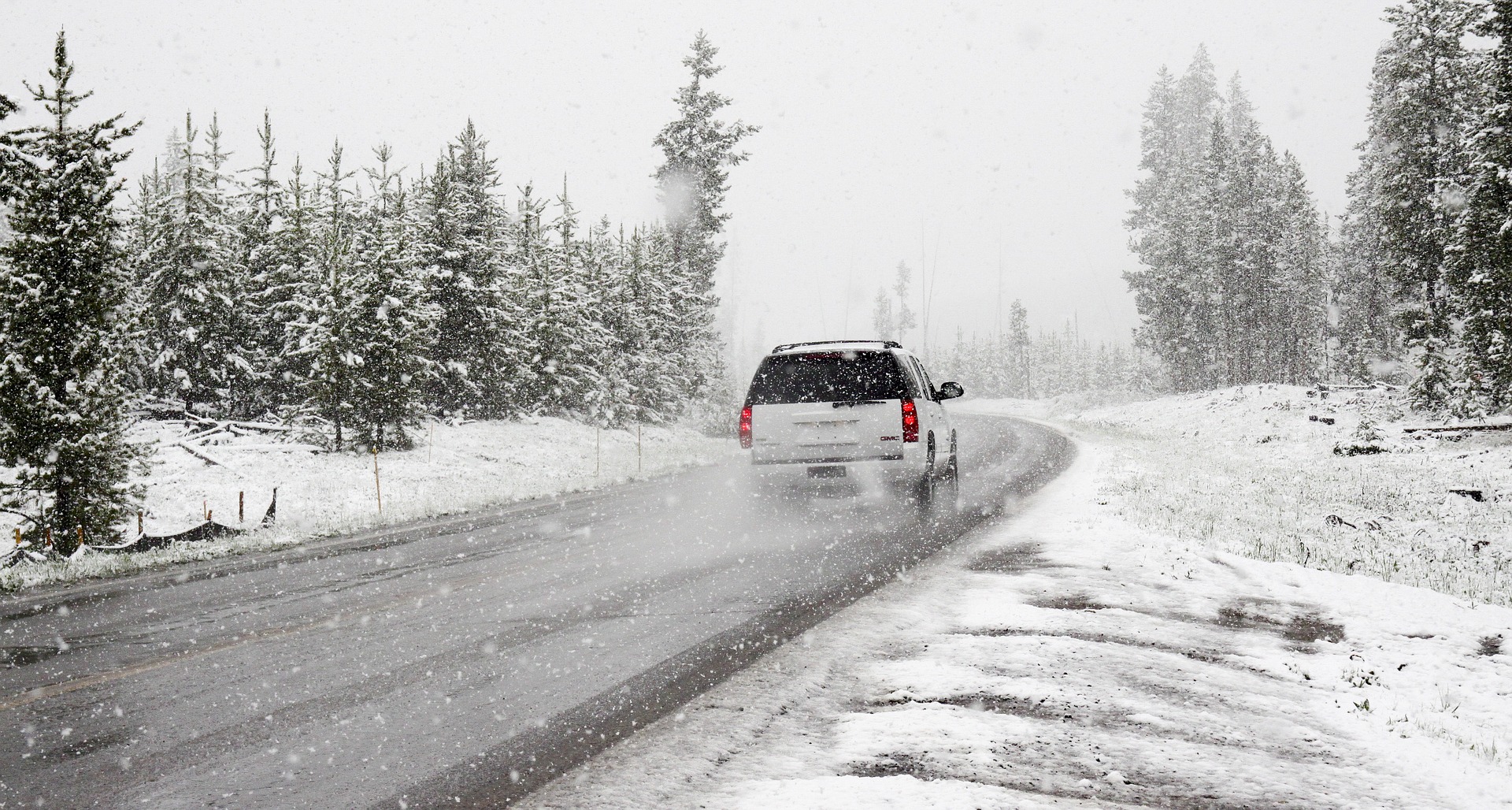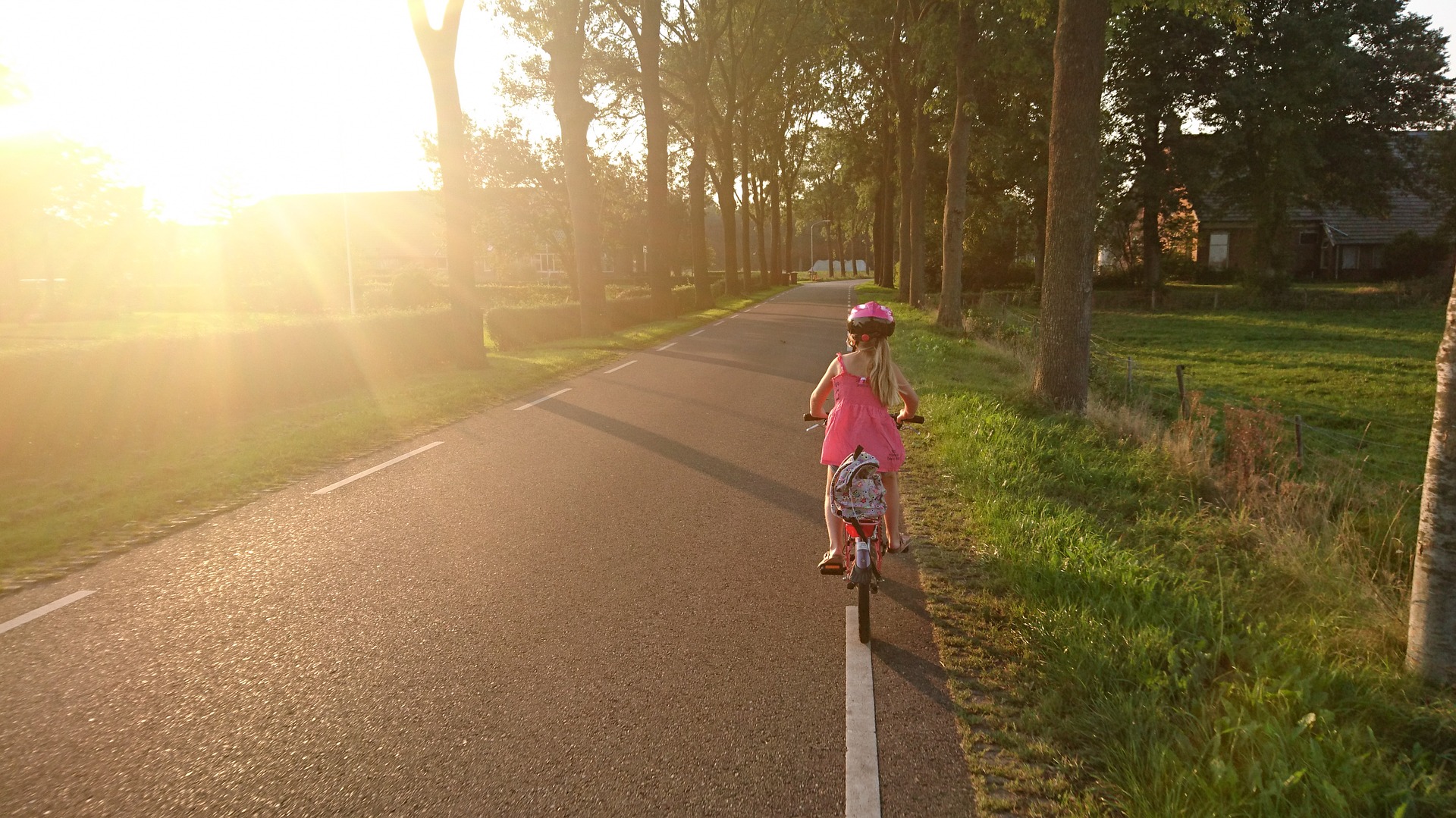Winter Driving Tips and Packing a Winter Storm Emergency Kit

In Central Illinois, it’s best to always be prepared for the coming of winter. While weather here can make it a beautiful winter wonderland, it can also make for lousy driving conditions. Sleet and snow decrease visibility, reduce pavement friction, and make it more difficult to control your vehicle. In fact, 17% of car accidents occur during winter weather conditions. According to the National Weather Service, each year more than 5,000 people are killed and more than 418,000 are injured due to weather related vehicle crashes. Additional casualties occur when folks get unexpectedly stranded and aren’t prepared to survive severe weather conditions.
It’s crucial to make sure that your vehicle’s ready to take on the elements. Simple pre-winter car care maintenance can be lifesaving:
- Check out your battery; it doesn’t work as well at cold temperatures and your car also requires more current to start
- Inspect drive belts and engine hoses for cracks or signs of wear and tear; the cold makes them brittle and more fragile
- Inspect your tires and replace if necessary; tread must be at least 5/32” for best winter traction
- Check tires are properly inflated for winter conditions; tire pressure drops about 1 PSI per 10°, so check the pressure regularly to make sure they’re filled to your tires recommended pressure
- Check your coolant level to be sure of adequate antifreeze protection
- Make sure your wiper blades are in good shape and fill your wiper fluid; good visibility is key
- Have your brakes inspected if there’s any indication of a brake problem
- Check the operation of all your lights — headlights, tail lights, brake lights, turn signals, emergency flashers, and backup lights
- Keep your gas tank at least half full throughout the winter
But, even if your car is in tip-top shape, getting stranded by severe winter weather can put you in a dangerous situation. It’s best to have a Winter Storm Road Emergency Survival Kit in your vehicle:
- Mobile phone and charger, pre-programmed with important phone numbers
- Warm blankets and extra clothing (hat, gloves or mittens, boots, etc.)
- Flashlight with extra batteries
- Windshield ice scraper with brush
- Bag of abrasive material (sand, salt, cat litter) or traction mats
- Shovel
- Warning devices (flares or triangles)
- Jumper cables (be sure to review their safe use)
- Tow rope or strap
- Water and high calorie non-perishable food snacks (crackers, nuts, granola bars, jerky, etc.)
- Waterproof matches or a lighter and emergency candles
- Fire extinguisher
- Make sure your spare tire and jack are in good working order
- A good basic first aid kit, and if you take daily medications, add some of them to the kit
In addition to making sure that both you and your vehicle are prepared, if you do have to drive in snowy or cold conditions, follow the National Weather Service advice to TAKE IT SLOW IN THE SNOW. And also beware of the black ice that can be difficult to see. If the temperature is near freezing, drive like you’re on ice — you may be!



